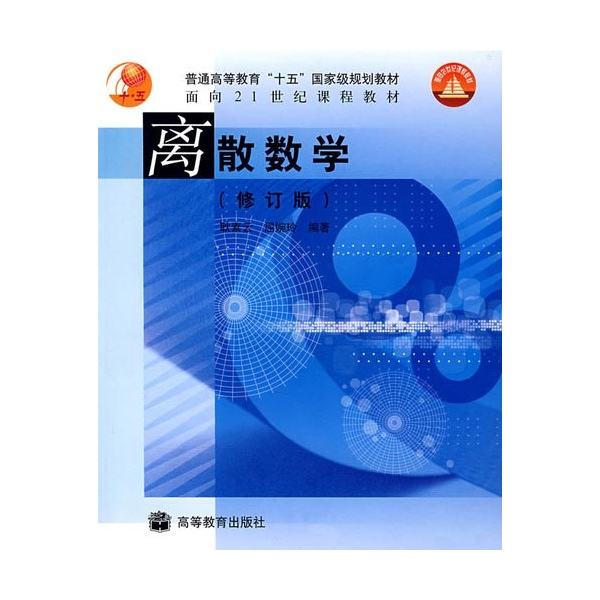Two graphs are homomorphism indistinguishable over a graph class $\mathcal{F}$, denoted by $G \equiv_{\mathcal{F}} H$, if $\operatorname{hom}(F,G) = \operatorname{hom}(F,H)$ for all $F \in \mathcal{F}$ where $\operatorname{hom}(F,G)$ denotes the number of homomorphisms from $F$ to $G$. A classical result of Lov\'{a}sz shows that isomorphism between graphs is equivalent to homomorphism indistinguishability over the class of all graphs. More recently, there has been a series of works giving natural algebraic and/or logical characterizations for homomorphism indistinguishability over certain restricted graph classes. A class of graphs $\mathcal{F}$ is homomorphism-distinguishing closed if, for every $F \notin \mathcal{F}$, there are graphs $G$ and $H$ such that $G \equiv_{\mathcal{F}} H$ and $\operatorname{hom}(F,G) \neq \operatorname{hom}(F,H)$. Roberson conjectured that every class closed under taking minors and disjoint unions is homomorphism-distinguishing closed which implies that every such class defines a distinct equivalence relation between graphs. In this note, we confirm this conjecture for the classes $\mathcal{T}_k$, $k \geq 1$, containing all graphs of tree-width at most $k$. As an application of this result, we also characterize which subgraph counts are detected by the $k$-dimensional Weisfeiler-Leman algorithm. This answers an open question from [Arvind et al., J. Comput. Syst. Sci., 2020].
翻译:暂无翻译


